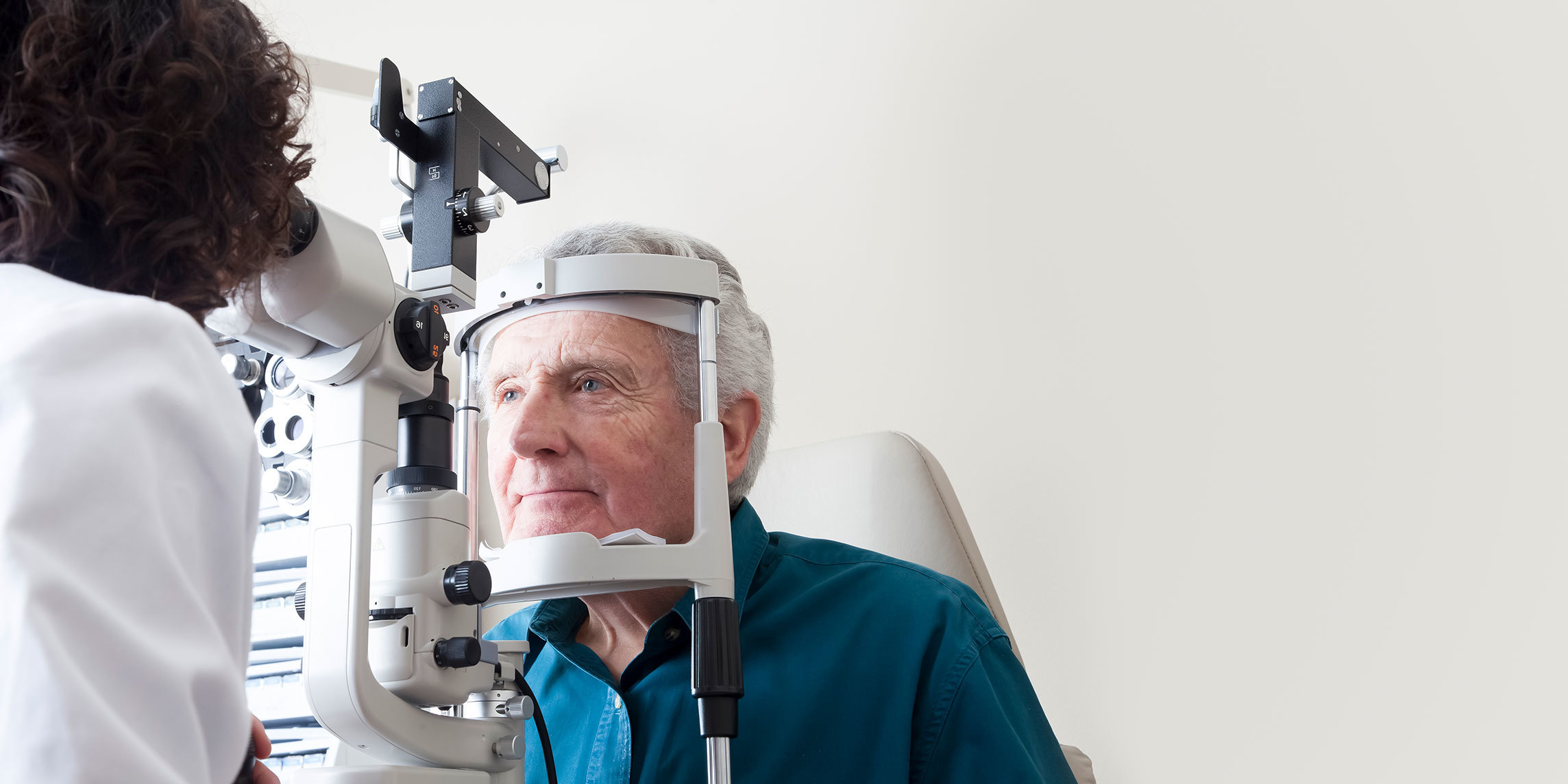About Pterygia
Pterygia can range from relatively flat, transparent tissue with a few blood vessels in early stages to thick, opaque tissue that completely obstructs the line of vision. They often originate in the conjunctiva (a tissue that lines the inner corner of the eye) and can extend toward the cornea. They are typically benign (noncancerous) growths, which do not spread beyond the surface of the eye. An ophthalmologist can diagnose this condition and distinguish this growth from less common eye tumors by performing a thorough eye exam.
Symptoms of Pterygia
In the early stages, a pterygium rarely exhibits any signs or symptoms. When it does, the symptoms are usually mild.
Early symptoms of pterygia include:
- Burning sensation
- Eye redness
- Foreign body sensation
- Itching
- Tearing
Late symptoms of pterygia include:
- Impairment of vision
Risk Factors for Pterygia
The exact cause of pterygia remains unknown.
Risk factors for pterygia may include:
- Personal history: Pterygia are thought to be associated with too much exposure to ultraviolet (UV) light, sand, smoke, or wind.
Treating Pterygia at UT Health Austin
The early stages of pterygia may cause discomfort and irritation, which is often treated with lubricating or steroid eye drops. If you are experiencing severe discomfort despite using the eye drops or the pterygium grows large enough to cover part of your cornea and begins to affect your vision, your ophthalmologist may recommend surgery to remove it.
Care Team Approach
At UT Health Austin, we take a multidisciplinary approach to your care. This means you will benefit from the expertise of multiple specialists across a variety of disciplines. Your care team will include fellowship-trained ophthalmologists, ophthalmic technicians, physician assistants, nurse practitioners, social workers, and more who work together to help you get back to the things in your life that matter most to you. We also collaborate with our colleagues at the Dell Medical School and The University of Texas at Austin to utilize the latest research, diagnostic, and treatment techniques, allowing us to identify new therapies to improve treatment outcomes. We are committed to communicating and coordinating your care with your other healthcare providers to ensure that we are providing you with comprehensive, whole-person care.
Learn More About Your Care Team

Mitchel and Shannon Wong Eye Institute
Health Transformation Building, 1st Floor
1601 Trinity Street, Bldg. A, Austin, Texas 78712
1-833-UT-CARES (1-833-882-2737)
Get Directions